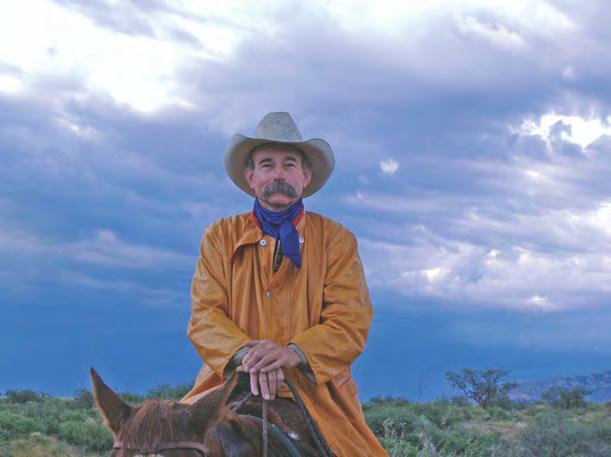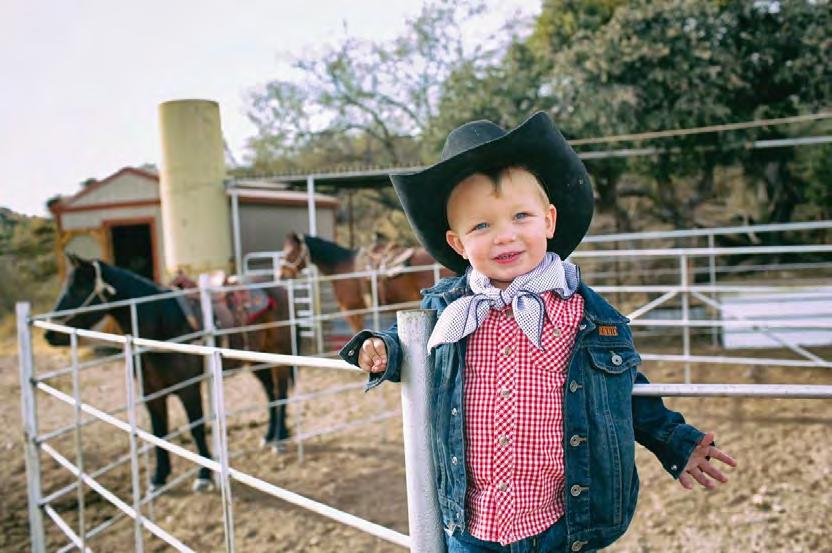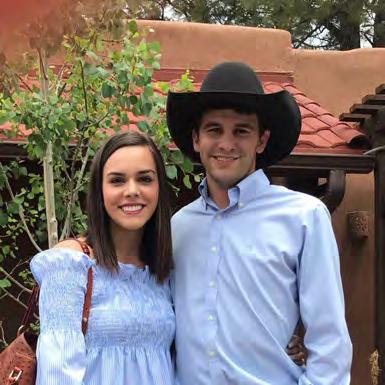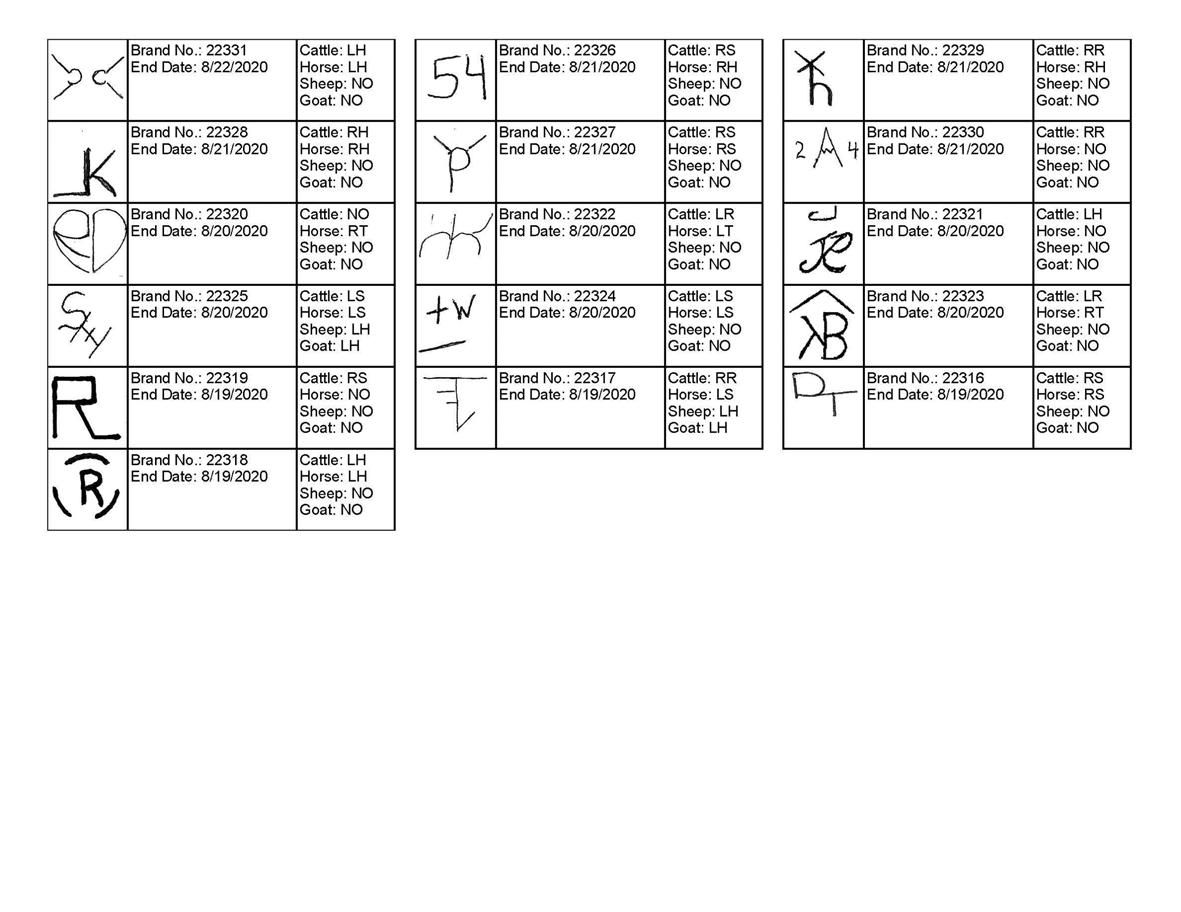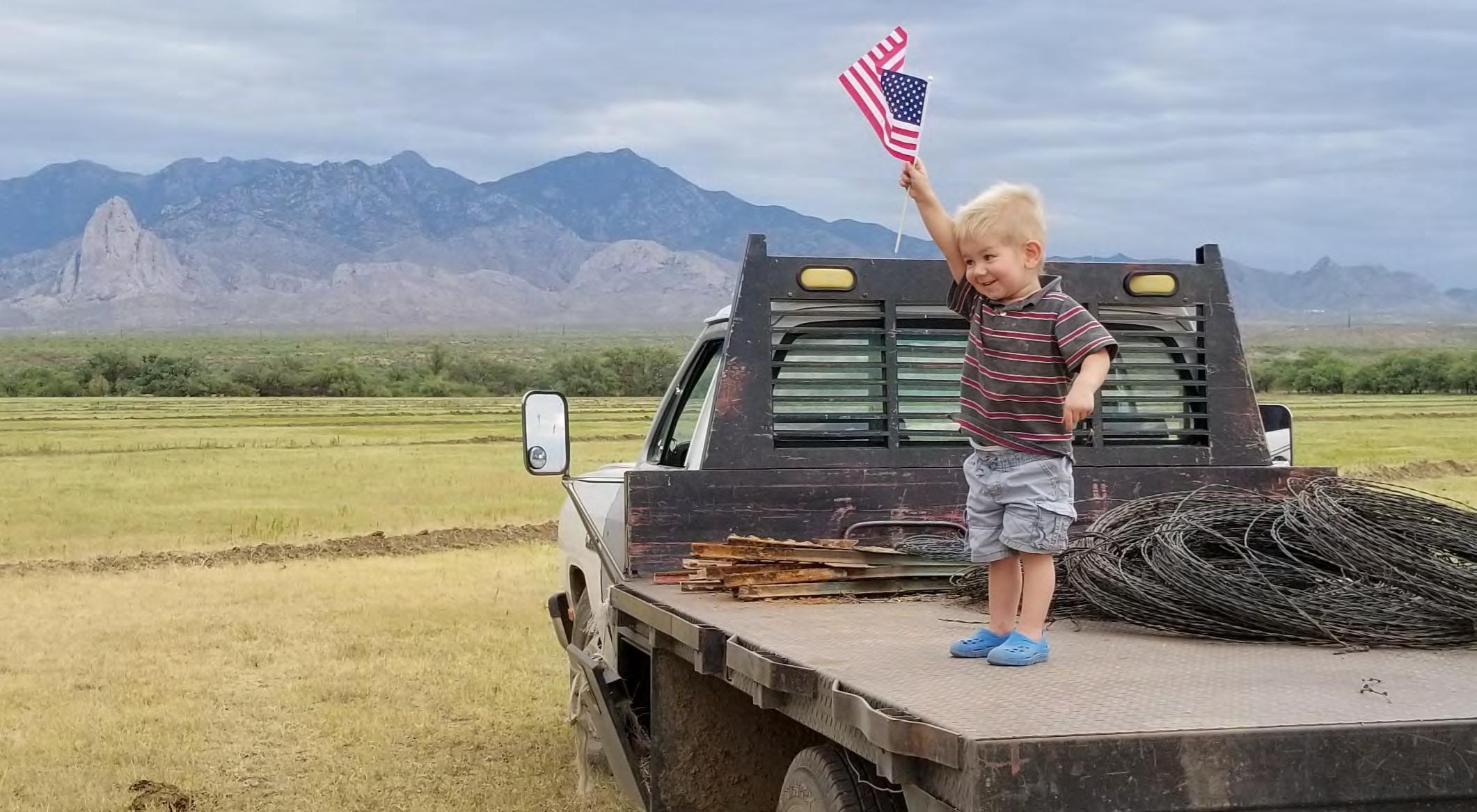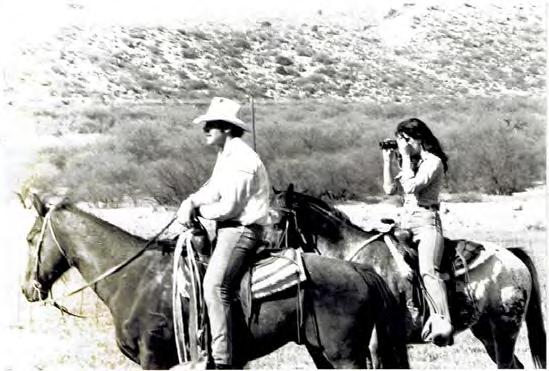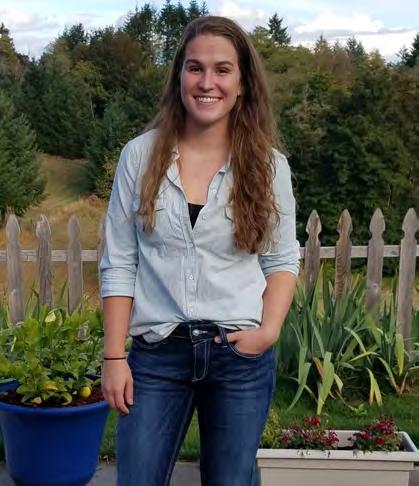
2 minute read
Government Relations Report
Government Relations Update R e d i s t r i c t i n g Written by Jay Platt
Every ten years, the census is accompanied by “reapportionment,” or redistribution of seats in the House of Representatives. This means the U.S. House of Representatives is limited to 435 members who are reapportioned among the states based on population results every census. Arizona currently has nine representatives and is expected to pick up a tenth in the reapportionment process. Nine other state s will each lose a seat.
Advertisement
Historically, Arizona’s legislature established the boundaries for both congressional and legislative districts. However, in 2000 a ballot proposition changed this by creating a redistricting commission known as the Arizona Independent Redistricting Commission (Redistricting Commission).
Applications for the Redistricting Commission seats are submitted every ten years to th e Commission on Appellate Court Appointments, a group appointed by the governor that vets the applicants and sends 20 names to leadership in the legislature. The legislature then selects two republicans and two democrats. The four appointees then select a fifth member who must be an independent. These five members constitute the Redistricting Commission, drawing congressional and legislative district s that will remain until the next census.
Prior to 1964, most states with a bicameral legislature like Arizona’s elected state senators by county. For example, in Arizona, each county elected two senators and House members were elected based on population. Like the Great Compromise of 1787 that protected small states by having each state send two senators to the U.S. Senate while the House of Repres entative members were elected based on population, rural areas were similarly protected.
The 1964 Supreme Court decision on Reynolds v. Sims voided this protection, holding that senators were to be elected based on population. This stripped rural areas of meaningful representation in state legislatures. Chief Justice Earl Warren said, “The purpose of the decision was to increase representation for the cities: it has, by effectively disenfranchising rural voters.”
Demographically, rural Arizona should have one representative on the Redistricting Commission. Ten years ago, it had none. The result was disastrous. This webpage, which allows users to see both legislative districts and congressional districts, illuminates the impact of not having rural Arizona’s voice represented on the Redistricti ng Commission: https://azredistricting.org/districtlocator/. Note that Yuma, Yavapai, Gila, and Pinal countries were split into two congressional districts. The town of Yuma itself was split into two districts with part being placed with Tucson. Part of Gila County was put with Apache Junction and the extreme southeast part of the Phoenix Metropolitan Valley. Additionally, Cochise County was put in t he same congressional district as much of Tucson.
State legislative districts similarly dissected counties and towns. Rural towns like Snowflake, Taylor, Clay Springs, and Heber were grouped with Flagstaff. Show Low and Pinetop were positioned with Apache County and the Navajo, San Carlos, White Mountain, Hualapai, and Hopi Reservations. The town of Yuma was, again, split up.
Rural Arizonans must hav e a seat on the Redistricting Commission to prevent erosion of representation. Demographically, there should be two entirely rural congressional districts that represent rural interests. State legislative districts must likewise keep rural interests together.
At Arizona Cattle Growers’ Association we protect, promote, and sustain Arizona cattle ranching for present and future generations through grassroots advocacy, policy formation, and education.

